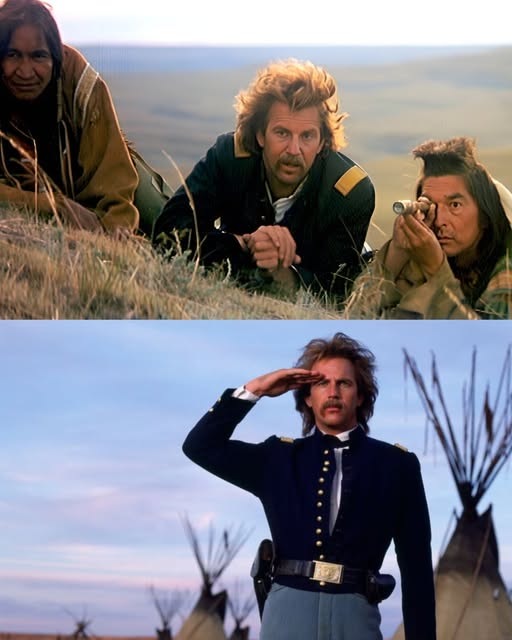
When Dances with Wolves was first conceived, very few believed it would ever see the light of day, let alone become a cinematic milestone. Kevin Costner, then better known as an actor than a director, took a huge gamble by making it his directorial debut. What is less known is how close the film came to being released entirely in Lakota with subtitles. Costner was adamant about authenticity, and the Lakota elders on set encouraged the use of their language. Studio executives feared audiences would reject it, but Costner fought for the vision. The final cut blended English and Lakota, creating a rare cultural depth that became one of the movie’s hallmarks.
Another fascinating detail lies in the work of Graham Greene, who played Kicking Bird. Greene immersed himself so deeply in his role that even off-camera, he continued speaking Lakota with tribe members. His dedication impressed the cultural advisers on set, who remarked that Greene’s commitment elevated the authenticity of the entire production. Many of the Sioux cast members were not trained actors, yet their natural presence and cultural knowledge helped ground the film in reality.
The legendary buffalo hunt sequence nearly collapsed before shooting. The production had secured more than 3,500 trained buffalo, but a last-minute logistical mishap put the entire scene at risk. Without hesitation, Costner personally financed part of the transport, ensuring the sequence went forward. This gamble paid off—the hunt became one of the most iconic and visually stunning moments in the film.
What makes these behind-the-scenes stories remarkable is how they reflect the spirit of the movie itself: perseverance, respect for culture, and an unwavering belief in storytelling. Against countless obstacles, Dances with Wolves became not only a box office triumph but also a landmark in how Native American life was portrayed on screen, blending artistry with authenticity in a way few films had dared before
